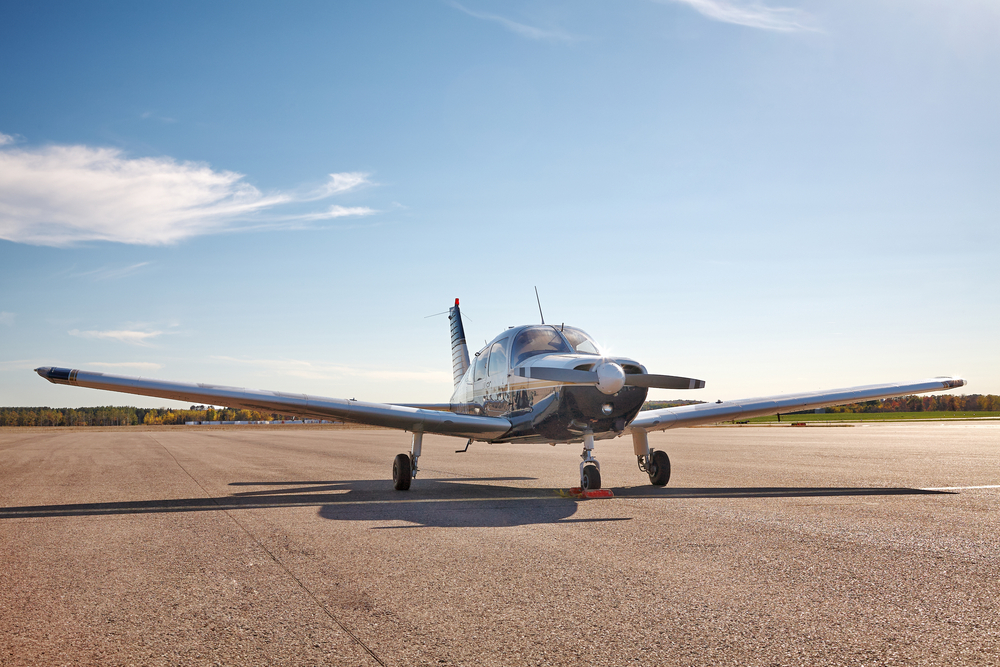Cross-country flight planning’s where private pilots really learn to fly. You’re navigating, managing fuel, dealing with weather, coordinating with ATC – all while flying the airplane. First few are intimidating, but soon it becomes routine.
Quick Answer: VFR cross-country planning involves: (1) Route selection avoiding restricted airspace/terrain, (2) Weather briefing checking METARs/TAFs/winds aloft, (3) Performance calculations for fuel/weight/density altitude, (4) Navigation log with checkpoints/times/headings, (5) Filing flight plan or getting flight following. Modern pilots use ForeFlight/Garmin Pilot for digital planning but should understand manual methods. Plan 1 hour fuel reserve minimum (FAA requires 30 minutes day, 45 minutes night). Check NOTAMs for airport/airspace closures. Brief passengers on safety/expectations. Most important: have backup plans for weather/mechanicals.
Route Planning
Pick your destination, plot a route. Avoid restricted/prohibited airspace (check sectional chart). Avoid flying over extensive inhospitable terrain when possible – engine quits and you want landing options.
Identify checkpoints every 10-15 miles – towns, rivers, roads, airports. Easy-to-spot features you’ll use for visual navigation. Even with GPS, backup visual checkpoints matter.
Check for terrain – highest elevations along route plus 2,000 feet minimum (3,000+ in mountains). Plan altitude that clears terrain with margin.
Note airspace you’ll cross – Class B, C, D require communication/clearances. E and G are simpler but know the weather minimums for each.
Weather Briefing
Call 1-800-WX-BRIEF or use ForeFlight/DUATS/1800wxbrief.com online.
Check:
– METARs at departure, destination, enroute airports (current conditions)
– TAFs for forecast conditions at your ETA
– Winds aloft (affects groundspeed, fuel burn, turbulence)
– AIRMETs/SIGMETs for significant weather (ice, turbulence, convection)
– NOTAMs for airport closures, navaid outages, airspace restrictions
– Prognostic charts showing weather movement/development
Make go/no-go decision. Marginal weather? Delay or cancel. VFR into IMC kills pilots regularly – don’t be a statistic.
Performance and Fuel
Calculate weight and balance – you, passengers, baggage, fuel. Make sure you’re within limits.
Check density altitude – high DA drastically reduces performance. Hot day at high elevation airport? Your airplane performs like crap. Might need longer runway, climb rate suffers, fuel burn increases.
Plan fuel:
– Calculate trip time based on groundspeed (TAS adjusted for winds aloft)
– Multiply trip time by fuel burn rate (GPH from POH)
– Add reserves – FAA minimum is 30 minutes day, 45 minutes night, but 1 hour is smarter
– Make sure you have enough fuel capacity or plan fuel stops
Running out of fuel is embarrassing and dangerous. Always have plenty of margin.
Navigation Log
Old-school paper method (still useful for learning):
– List each checkpoint leg
– Measure distance and course on sectional
– Calculate wind correction angle and groundspeed
– Calculate time for each leg
– Note altitude, frequencies, checkpoints
Modern method: ForeFlight does this automatically. But understand what it’s calculating so you can sanity-check the numbers.
Brief the route – know where you’re going, what you’ll see, what altitude you’ll fly, what frequencies you’ll use. Chair-fly it mentally before you go.
Flight Plans and Flight Following
File VFR flight plan with FSS (online or by phone) or use ForeFlight. Provides search-and-rescue if you go missing. Many pilots don’t bother for short trips but it’s good practice.
Flight following is better – talk to ATC enroute, they track you on radar, provide traffic advisories. Call approach/center on appropriate frequency: “Center, Cessna 12345, 10 miles south of XYZ airport, 4,500 feet, VFR to ABC airport, request flight following.”
They’ll assign you a squawk code, track you, call out traffic. Free service, highly recommended for cross-countries.
In-Flight Navigation
GPS makes navigation trivial – follow the magenta line. But don’t become 100% dependent. Glance outside, verify you’re where GPS says you are. GPS fails sometimes.
Dead reckoning: Track your time between checkpoints, verify groundspeed matches your plan. Adjust for wind if needed.
Pilotage: Look outside, match what you see to sectional chart. See that distinctive lake and town? Confirms your position.
Update fuel calculations in flight. If groundspeed is slower than planned (headwinds), you’re burning more fuel than expected. Might need to adjust destination or add a fuel stop.
Communicating
Talk to ATC when required (Class B/C/D airspace) or requested (flight following).
Monitor CTAF at uncontrolled airports – make position calls 10 miles out, entering pattern, each leg of pattern.
Listen to ATIS/AWOS at destination before arrival – know weather, runway in use, any NOTAMs.
Brief passengers before departure and before landing – what to expect, when to stay quiet, where emergency equipment is, how to open doors.
Backup Plans
Always have Plan B. Weather deteriorating? Alternate airports along route. Mechanical issue? Nearest suitable airport. Passenger gets sick? Closest airport with services.
Check weather at destination regularly (ForeFlight/ADS-B weather in cockpit helps). Conditions worse than forecast? Divert to alternate or return home. Don’t push into marginal weather hoping it’ll improve.
Know your personal minimums. Maybe you’re legal to fly in 3 miles visibility but you’re not comfortable with it. Land, wait for better conditions, continue later. No trip is worth dying for.
Post-Flight
Close your flight plan if you filed one – otherwise they’ll start search and rescue after 30 minutes.
Debrief yourself – what went well, what didn’t. Fuel burn match calculations? Time estimates accurate? Navigation challenges? Learn from each flight.
Log the flight – cross-country time (landing more than 50 nm from departure) counts toward ratings and currency.
Cross-country flying’s where you really develop pilot skills. Do enough of them and planning becomes second nature. You’ll glance at weather, calculate fuel mentally, navigate mostly by visual reference with GPS backup. But start with thorough planning until it’s automatic. Being systematic and careful prevents problems before they happen.

Leave a Reply